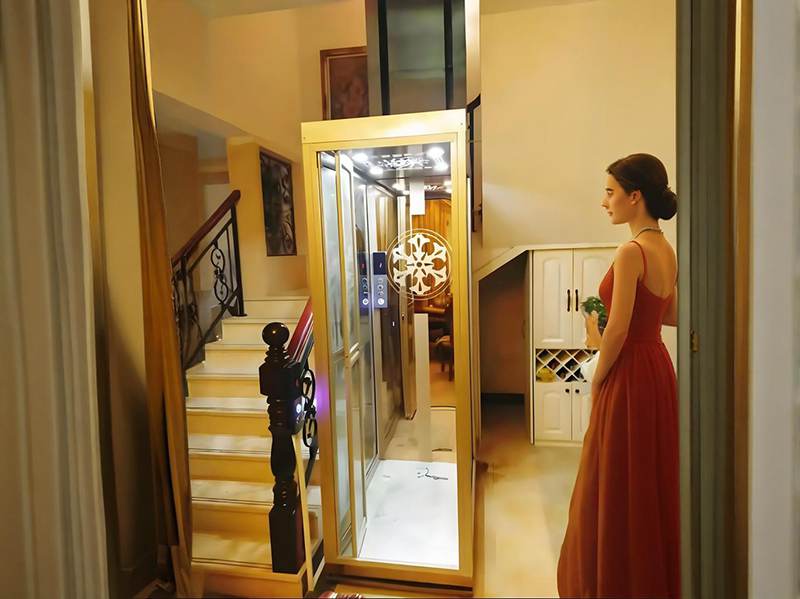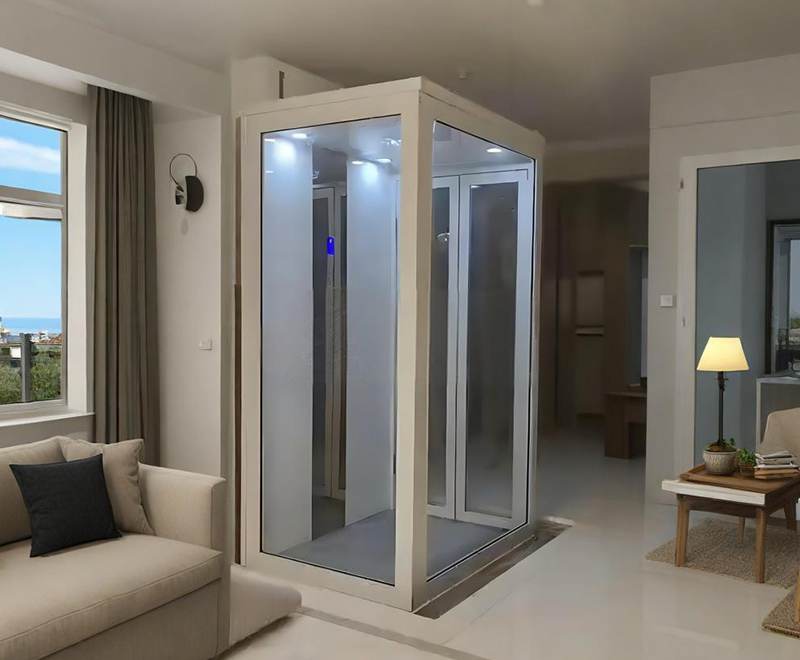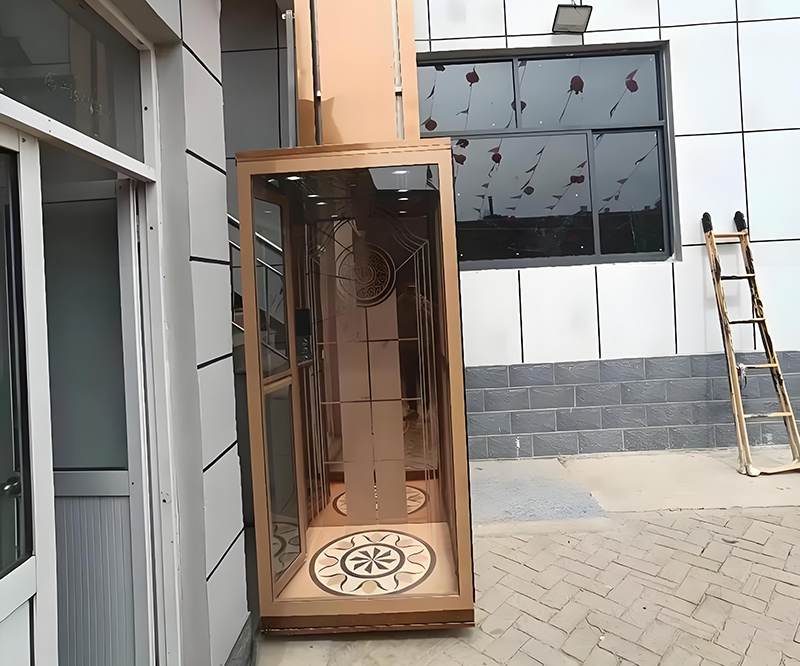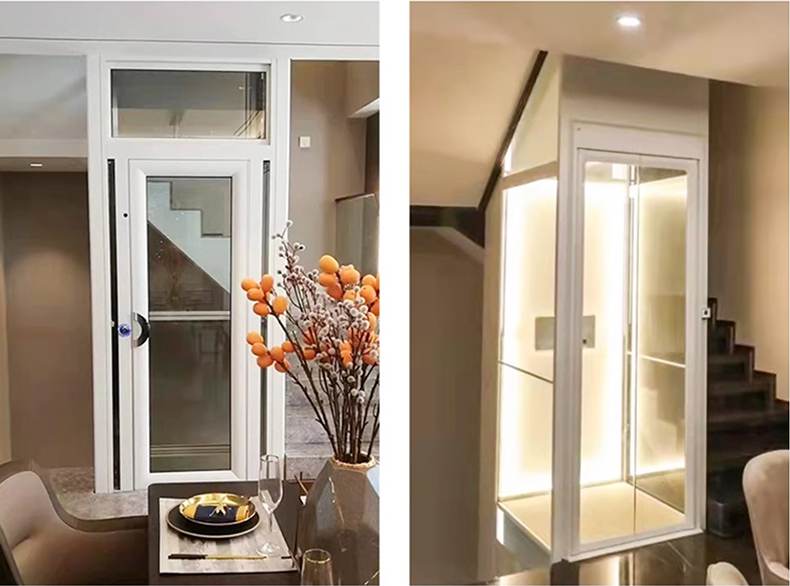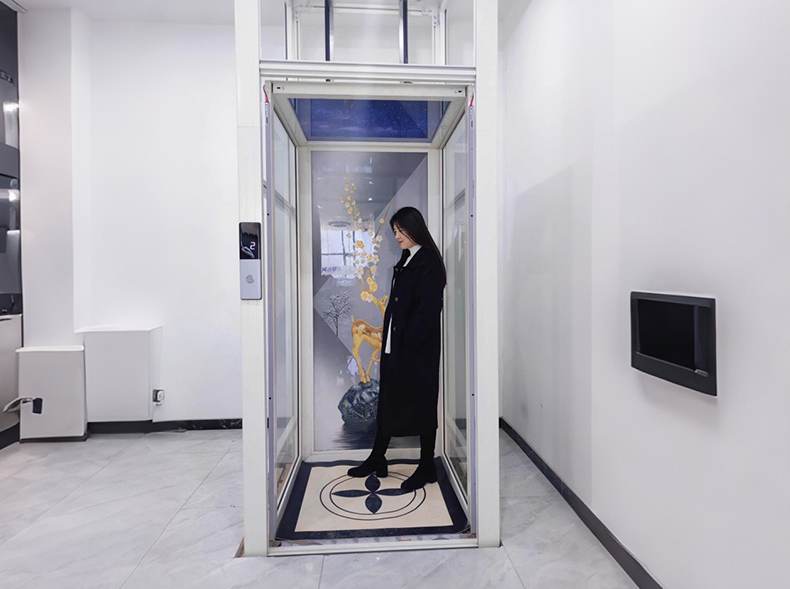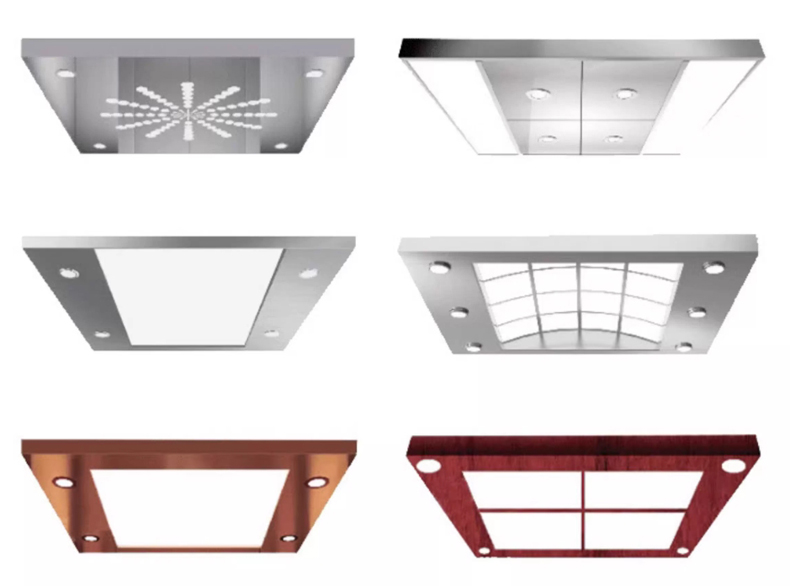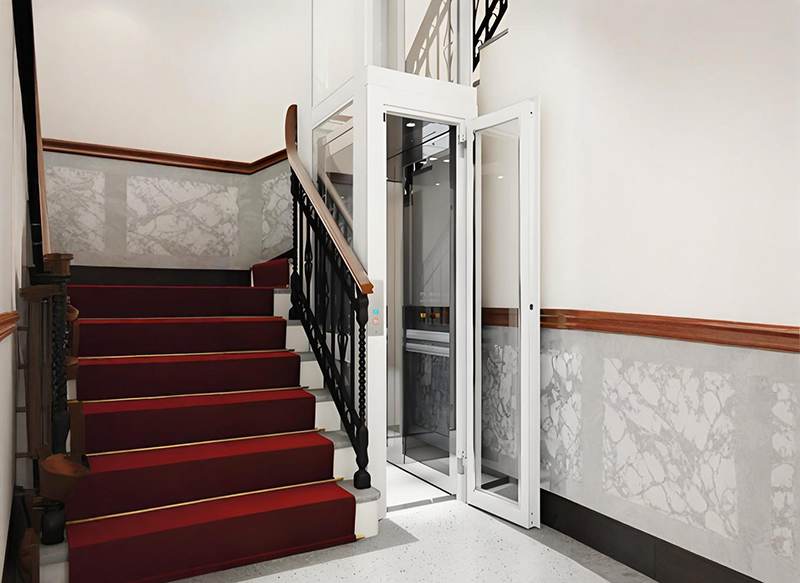Gone are the days when elevators were reserved solely for commercial buildings or luxury high-rises. Today, elevators for home use have become a sought-after addition to residential properties, blending functionality with aesthetic appeal to redefine modern living.
Whether you’re designing a new home or renovating an existing one, integrating a home elevator requires careful consideration of space, style, and practicality. Let’s explore the evolving world of home elevator design and why options like glass home elevators and shaftless elevators for home are gaining popularity.
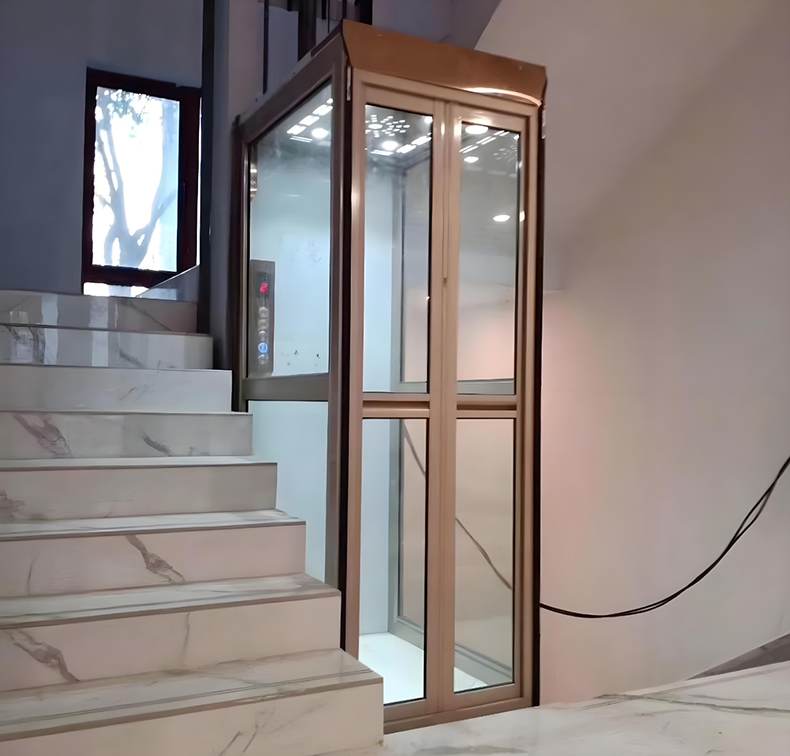
Why Residential Elevators Are More Than Just Convenience
Elevators for residential homes are no longer just about accessibility—they’re a design statement. As multi-story homes become more common, homeowners are prioritizing solutions that enhance daily life while adding value to their property.
Key Benefits of Home Elevators:
-
Accessibility: Ideal for elderly family members or individuals with mobility challenges, promoting independence and safety.
-
Convenience: Effortlessly move groceries, luggage, or furniture between floors.
-
Property Value: A well-designed elevator enhances a home’s market appeal.
Modern home elevator design goes beyond utility, offering customizable features—from sleek metallic finishes to warm wooden panels—making them a seamless part of luxury interiors.
Glass Home Elevators: Transparency Meets Elegance
One of the most striking trends in home elevator design is the growing demand for glass home elevators.
These elevators feature transparent or semi-transparent walls, typically made from tempered safety glass, creating a sense of openness and light.
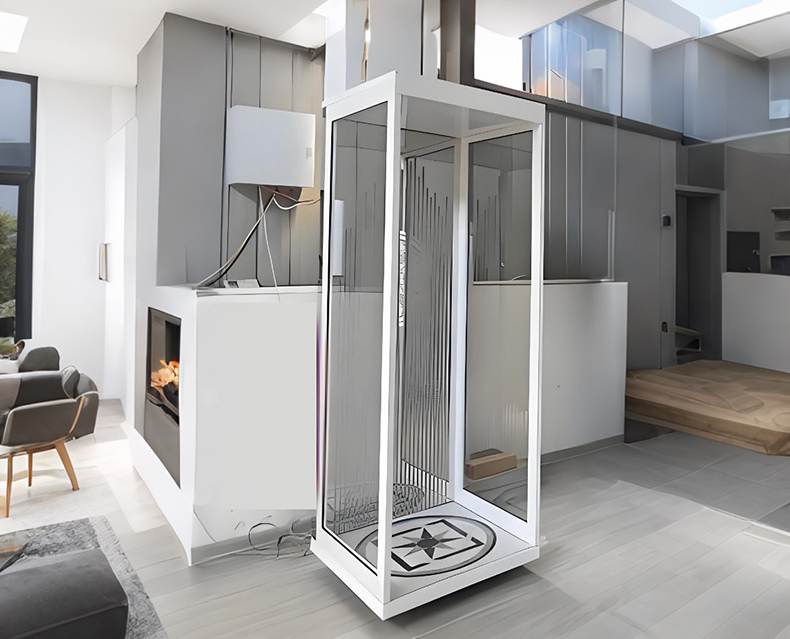
Why Choose a Glass Home Elevator?
✅ Enhances Natural Light – Unlike traditional enclosed elevators, glass models allow light to flow through, making spaces feel larger.
✅ Modern Aesthetic – Perfect for contemporary or minimalist interiors, adding a touch of luxury.
✅ Visual Appeal – Enjoy views of your home’s interior, such as an indoor garden or artwork, while moving between floors.
Whether in a modern penthouse or a stylish suburban home, glass home elevators blend seamlessly into high-end designs.
Shaftless Elevators for Home: A Space-Saving Solution
For homeowners with limited space, shaftless elevators for home offer a game-changing alternative.
Unlike traditional elevators that require a dedicated shaft, these models operate without one, making them ideal for retrofits or compact homes.
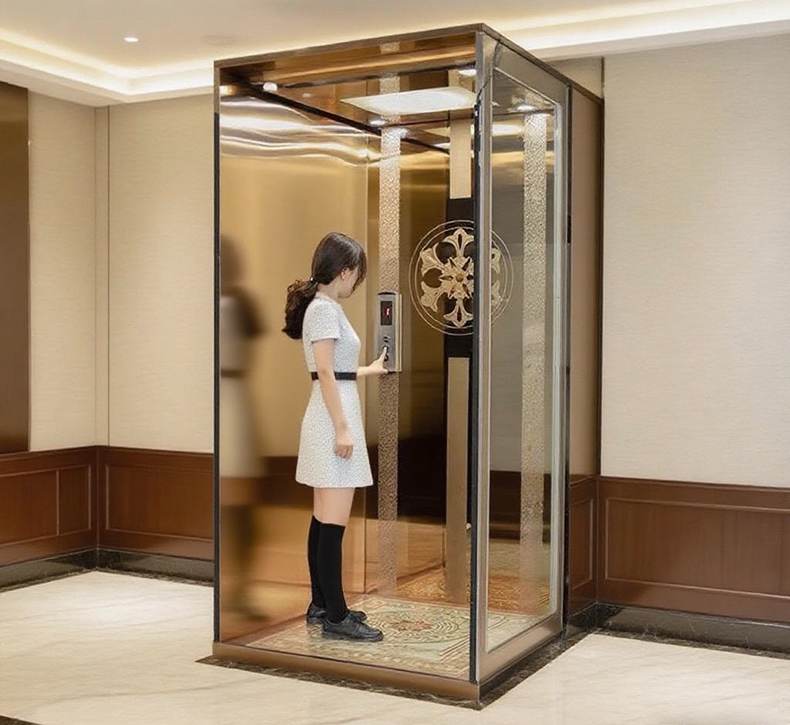
Advantages of Shaftless Home Elevators:
✔ Compact Design – Fits into tight spaces, near staircases, or in low-ceiling areas.
✔ Easy Installation – Requires minimal structural modifications.
✔ Safety & Capacity – Supports up to 750 lbs, comfortably accommodating 2-3 people.
These elevators are perfect for townhouses, multi-level homes, or aging-in-place modifications, providing functionality without sacrificing style.
Key Considerations When Choosing a Home Elevator
Before installing a residential elevator, consider these essential factors:
1. Space & Layout
-
Shaftless models require less square footage.
-
Glass elevators may need more open space to maximize transparency.
-
Optimal placement near entrances or staircases for convenience.
2. Safety Features
-
Emergency stop buttons
-
Battery backup (for power outages)
-
Door interlocks (prevents opening between floors)
3. Energy Efficiency
Modern elevators often use regenerative drives, which recycle energy during descent, reducing power consumption.
4. Design & Customization
-
Glass elevators suit modern & industrial styles.
-
Wooden finishes complement traditional homes.
-
Custom options include LED lighting, color themes, and smart controls.

Conclusion: Elevate Your Home’s Potential
Elevators for home use have evolved from functional necessities to design focal points, offering convenience, style, and accessibility.
Whether you choose a glass home elevator for its elegance or a shaftless elevator for space efficiency, the right home elevator design enhances both daily living and property value.
As you explore options, prioritize a model that fits your space, aesthetic, and lifestyle.
With the perfect choice, you’ll not only move between floors effortlessly—you’ll elevate your entire living experience.
FAQ about Home Elevator Design
1. What styles are available?
Options include modern, classic, and minimalist, with customizable finishes like wood, metal, or glass to match home decor.
2. How to fit it in small spaces?
Compact designs (e.g., shaftless) work for tight areas; some have slim cabins or foldable doors to save space.
3. Are there safety-focused design features?
Yes – emergency stop buttons, non-slip floors, and sensor doors that prevent closing on obstacles are standard.
4. Can it be customized?
Absolutely – choose cabin size, lighting, controls, and even mirror or artwork additions for personalization.
5. Does design affect functionality?
Yes – layout impacts speed and capacity; for example, larger cabins suit more passengers but need more space.
Interested in a quote? Contact us for a free consultation!
